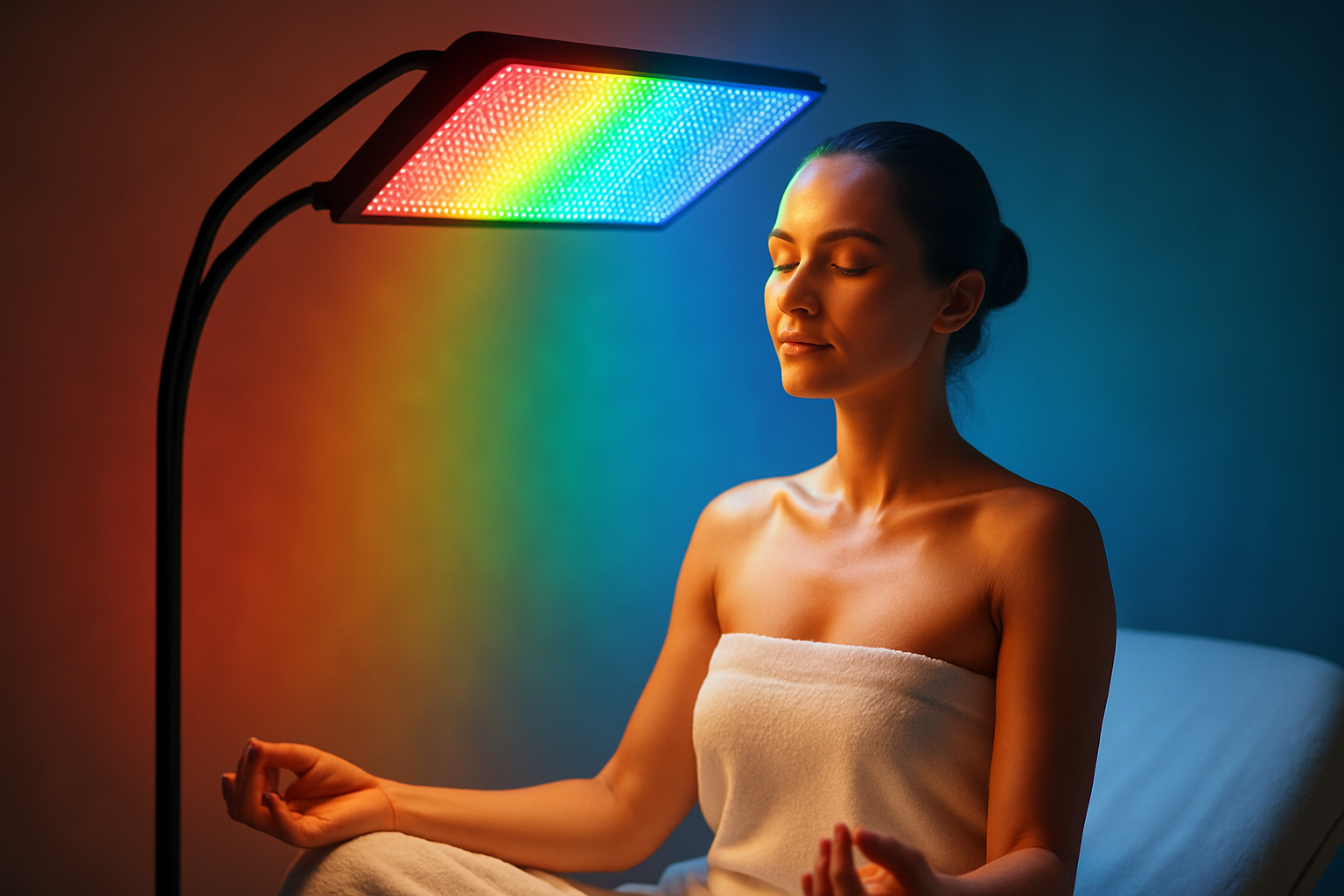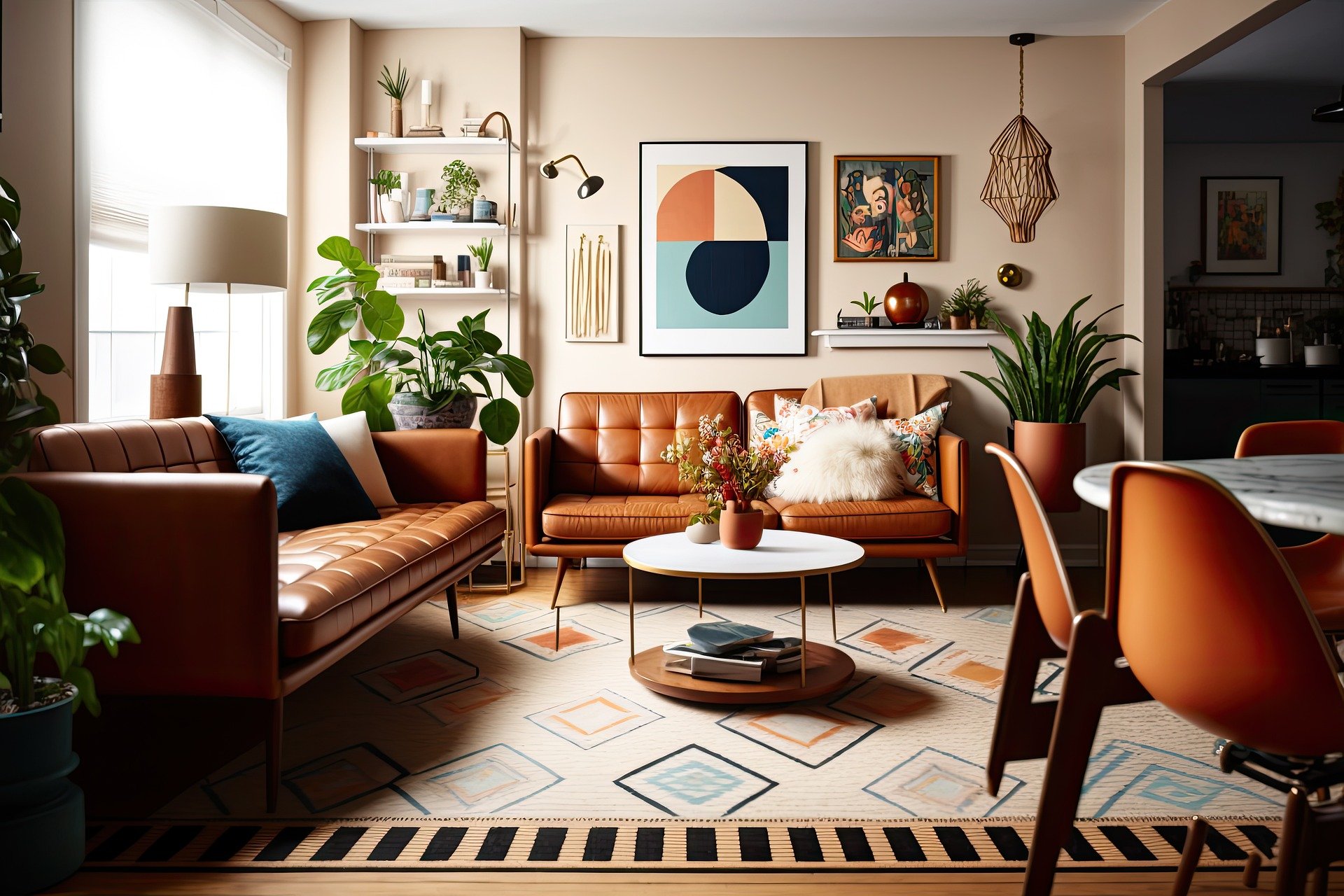Chromotherapy: The Spectrum of Wellness
In a world inundated with wellness trends, one ancient practice is making a colorful comeback. Chromotherapy, also known as color therapy, harnesses the power of the visible light spectrum to promote physical and emotional well-being. This centuries-old technique is finding new relevance in modern beauty and fitness circles, offering a fresh approach to holistic health that goes beyond traditional methods. As we delve into the vibrant world of chromotherapy, we'll explore its rich history, current applications, and the science behind its purported benefits. From spa treatments to fitness studios, color therapy is painting a new picture of what it means to nurture our bodies and minds.

As centuries passed, the concept of color healing evolved. In the late 19th century, Dr. Edwin Babbitt published “The Principles of Light and Color,” which became a cornerstone text for modern chromotherapy. Babbitt’s work outlined specific color treatments for various conditions, laying the groundwork for future research and application.
The 20th century saw a resurgence of interest in chromotherapy, with pioneers like Dinshah Ghadiali developing sophisticated color therapy systems. Despite facing skepticism from the mainstream medical community, these early advocates paved the way for contemporary exploration of light’s therapeutic potential.
The Science of Hue: Understanding Color’s Impact
While skeptics may dismiss chromotherapy as pseudoscience, emerging research suggests there may be more to color’s influence than meets the eye. Studies have shown that different colors can affect our physiology and psychology in measurable ways. For instance, exposure to blue light has been found to impact circadian rhythms and melatonin production, while red light therapy has shown promise in reducing inflammation and promoting skin healing.
The mechanism behind chromotherapy’s effects is thought to involve the body’s response to different wavelengths of light. Each color corresponds to a specific frequency, which may interact with our cells and biological systems. For example, green light has been associated with balancing and calming effects, potentially due to its position in the middle of the visible spectrum.
Researchers are now exploring the potential applications of targeted light therapy in various health contexts, from mood disorders to pain management. While more rigorous studies are needed to fully validate chromotherapy’s claims, the growing body of evidence suggests that color may indeed play a significant role in our overall well-being.
Spectrum of Serenity: Chromotherapy in Spa Treatments
The beauty industry has embraced chromotherapy with open arms, incorporating color-based treatments into spa menus worldwide. Luxurious color therapy rooms offer immersive experiences where clients are bathed in carefully selected hues to address specific concerns. These treatments often combine light exposure with complementary therapies such as aromatherapy or sound healing for a multi-sensory approach to relaxation and rejuvenation.
One popular application is the chromotherapy shower, which uses LED lights to create a customizable color environment. Proponents claim that starting the day with an energizing red light shower can boost motivation, while a calming blue light session in the evening may promote better sleep. Some high-end spas have even introduced chromotherapy saunas, where the traditional heat therapy is enhanced with color-changing lights to target different wellness goals.
Facial treatments have also gotten the chromotherapy makeover, with estheticians using colored LED masks to address skin concerns. Different colors are believed to target specific issues: blue for acne-fighting, red for collagen production, and green for hyperpigmentation. While scientific evidence for these specific applications is still emerging, many clients report positive experiences and visible improvements in their skin.
Fitness in Full Color: Chromotherapy in Exercise Spaces
The fitness industry is no stranger to innovation, and chromotherapy is making its mark in gyms and studios across the globe. Forward-thinking facilities are incorporating color-changing LED systems into their workout spaces, creating immersive environments that aim to enhance the exercise experience.
Color-coded workout zones are becoming increasingly popular, with different areas of the gym designated for specific types of exercise and matched with corresponding hues. For example, high-intensity cardio areas might feature energizing reds and oranges to boost motivation and perceived effort, while yoga and stretching zones opt for calming blues and greens to promote flexibility and mindfulness.
Some boutique fitness studios have taken the concept even further, offering classes that synchronize changing light colors with the workout’s intensity and rhythm. These chromotherapy-enhanced sessions claim to improve focus, endurance, and overall enjoyment of exercise. While scientific validation of these specific benefits is still in progress, the innovative approach is attracting attention from fitness enthusiasts looking for novel ways to elevate their workouts.
The Future is Bright: Innovations and Integrations
As interest in chromotherapy grows, we’re seeing exciting developments at the intersection of color therapy, technology, and personal wellness. Wearable devices that deliver targeted light therapy are entering the market, promising on-the-go chromotherapy for stress relief, improved sleep, and enhanced focus. These gadgets range from light-emitting earbuds to smart glasses that adjust their tint based on the user’s activity and surroundings.
In the home environment, smart lighting systems are incorporating chromotherapy principles, allowing users to create personalized color schemes that evolve throughout the day. These systems can be programmed to mimic natural light cycles, potentially helping to regulate circadian rhythms and improve overall well-being.
The beauty industry is also exploring new frontiers in chromotherapy-inspired products. Color-adapting skincare formulations that change hue upon application are being developed, not just as a novelty but as a way to visually indicate the activation of specific ingredients or pH balance of the skin.
As research in photobiomodulation (the use of light to stimulate biological processes) advances, we may see more targeted and scientifically validated chromotherapy applications in both clinical and consumer settings. The potential for personalized color therapy protocols based on individual needs and responses is an exciting prospect for the future of this vibrant wellness approach.




